Greatest Warrior in Asia, “Chatrapati” Volume 1
The year was 1630, a time when the land of Bharat was reeling under the weight of foreign invasions, and the Mughal empire, under Emperor Jahangir, cast a long, oppressive shadow across the subcontinent. The rulers of Delhi, blinded by their own power and arrogance, treated the native kingdoms as mere puppets in their grand designs of conquest. The land, rich in culture, history, and warriors, was gradually losing its soul to an unyielding foreign force.
Jahangir, the mighty Mughal ruler, was more than just an emperor; he was a symbol of tyranny for the people of Bharat. His forces tore through kingdoms, silencing voices of resistance with blood and fire. The Marathas, a small yet proud community, stood on the brink of being engulfed by the overwhelming might of the Mughals. The land was one of despair, where hope seemed like a distant dream.
But in the darkest of times, when all seemed lost, the winds of destiny were about to change. In the midst of this storm, in the year 1630, a child was born in the hill-fort of Shivneri.Little did the world know, this was the beginning of an era that would shake the very foundations of the Mughal empire. The Chatrapati Shivaji Maharaj
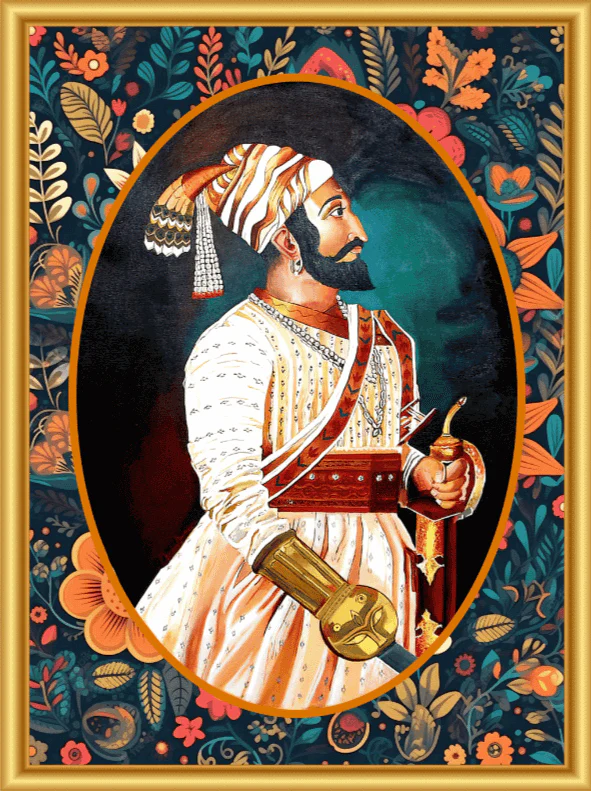
The Warrior Born
chatrapati Shivaji Maharaj, born to Shahaji Bhosale and Jijabai, was no ordinary child. From a young age, he exhibited the courage, intellect, and vision that would make him the embodiment of the dreams and aspirations of every soul in Bharat. With the determination of a lion and the wisdom of a ruler, chatrapati Shivaji was destined to rise and defy the oppressive forces of the Mughal empire.
The journey of this legendary warrior is one of sacrifice, triumph, and glory. It is the story of a man who dared to challenge an empire and carve a future for his people— a man who became the symbol of resistance and a beacon of hope for a land once ruled by fear. This is the story of Chatrapati Shivaji Maharaj, the great warrior, the visionary king, and the eternal hero of Bharat.
Chatrapati Shivaji Maharaj was born on February 19, 1630, in the hill-fort of Shivneri, located near Pune in present-day Maharashtra. His birth took place during a turbulent period in Indian history, with the mighty Mughal Empire exerting its oppressive rule over much of the subcontinent. The Maratha kingdom, a small yet resilient force in the western part of India, was facing the threat of annihilation by the imperial forces of Emperor Jahangir.
chatrapati Shivaji maharaj was born to Shahaji Bhosale, a respected Maratha general serving under the Deccan Sultanates, and Jijabai, a woman of immense courage and wisdom. Jijabai’s influence on young Shivaji was profound, as she imbued him with a deep sense of duty, honor, and devotion to the welfare of his people. The values of justice, self-reliance, and respect for culture were imparted to him by his mother, who was a guiding force in his life.
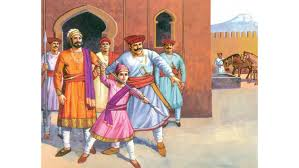
From a young age,chatrapati Shivaji maharaj displayed an innate sense of leadership. Even as a child, he was deeply interested in martial arts, strategy, and the history of his ancestors. His early years were marked by a deep connection to the land and the people he was destined to protect. As he grew older, his passion for establishing a free and prosperous kingdom grew, and he began to see the Mughals not as rulers, but as invaders who needed to be resisted.
His birth, though seemingly insignificant at the time, marked the beginning of a new era. It was not just the birth of a child but the birth of a warrior destined to challenge the might of an empire and reshape the destiny of an entire nation. The fort of Shivneri, standing tall amid the Sahyadri mountains, would bear witness to the rise of a king whose name would forever echo in the annals of history— Chatrapati Shivaji Maharaj, the hero who would inspire generations.
First Fort of “SWARAJYA” At 16
At the age of just 16, Chatrapati Shivaji Maharaj embarked on his first significant military conquest—the capture of Torna Fort, a formidable stronghold in the Sahyadri mountain range. This event was not just a simple victory; it was a declaration to the world that a new force had arisen in the land, one that would challenge the very foundations of the mighty Mughal Empire.
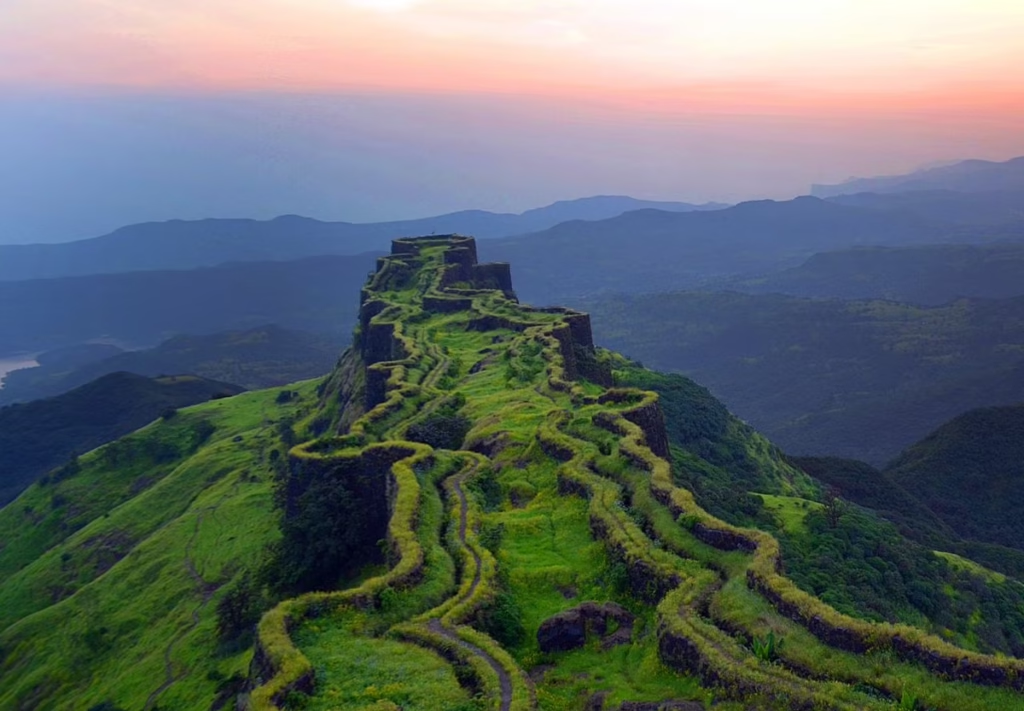
Torna Fort, strategically located and a key possession of the Bijapur Sultanate, was considered nearly impregnable due to its steep and rugged terrain. But for Shivaji, who had been trained in the art of warfare, fort strategy, and the importance of guerilla tactics by his mother Jijabai and mentor Dadoji Konddev, the fort was not an insurmountable obstacle.
In 1645, after carefully planning and organizing his forces, chatrapati Shivaji maharaj set his sights on Torna. His decision was bold, for it was a symbol of his growing ambitions and his desire to establish his own kingdom in the face of the larger, established powers around him. The fort had been under Bijapur’s control, and its strategic importance was vital in the region.
chatrapati Shivaji maharaj’s first battle was fought with remarkable ingenuity. Rather than opting for a direct assault on the well-fortified bastions of Torna, he used his knowledge of the land and guerrilla tactics to his advantage. He and his small but determined force took advantage of the fort’s vulnerability during the night, scaling the treacherous hills and sneaking past the guards. With the element of surprise on their side, they quickly overwhelmed the fort’s defenders, securing a crucial victory.
The capture of Torna was a momentous event, marking the emergence of chatrapati Shivaji Maharaj as a leader and military strategist in his own right. At just 16 years old, he demonstrated not only bravery but also the tactical brilliance that would come to define his reign. The fort was renamed Pratapgad, after his famous victory, symbolizing the beginning of a new era in the Maratha Empire.
This victory at Torna was significant for several reasons. It gave chatrapati Shivaji maharaj the confidence to continue his efforts, rallying more followers to his cause. It marked the beginning of his relentless quest to liberate the land from foreign rule, and it cemented his reputation as a leader who would defy all odds to achieve his goals. More importantly, it was the first of many such triumphs that would lead to the establishment of the Maratha Empire—an empire founded on the principles of justice, self-rule, and resistance to tyranny.
Thus, the capture of Torna Fort was not merely a military success, but a symbolic victory for the entire Maratha community, showcasing the indomitable spirit of Chatrapati Shivaji Maharaj, who, even at the tender age of 16, had already begun his journey toward becoming one of India’s greatest and most beloved kings.
“Rajya Abhishek” for “SWARAJYA”
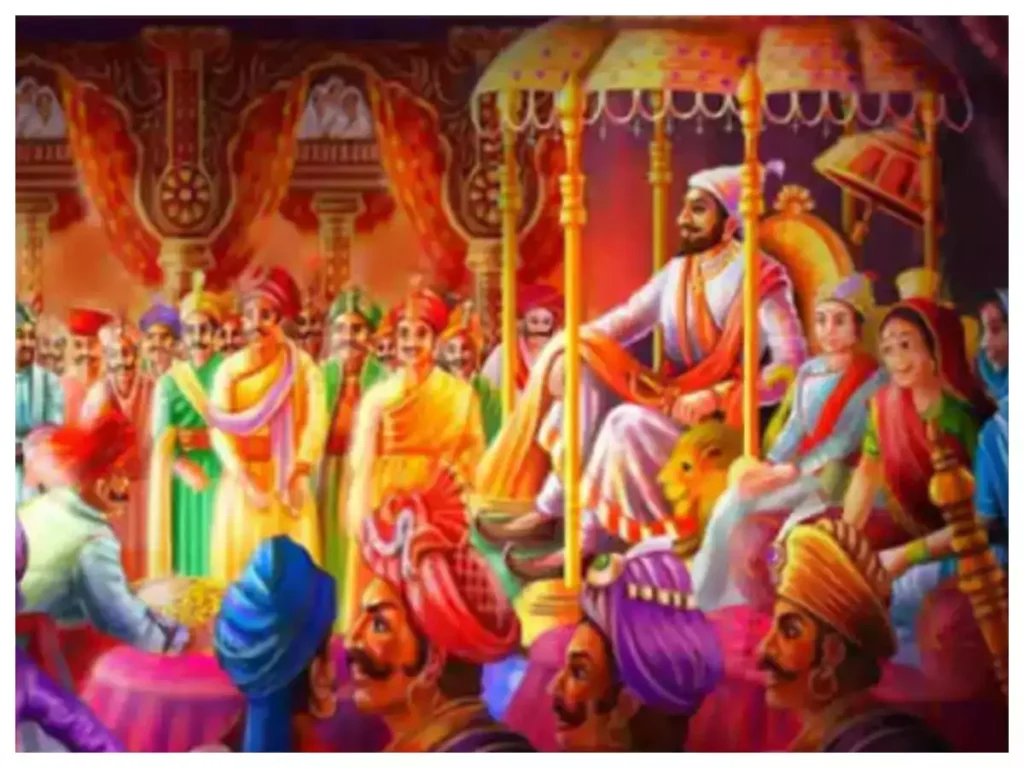
The Rajya Abhishek (coronation) of Chatrapati Shivaji Maharaj was not just the formal anointing of a king, but the symbolic beginning of a new era for India. It took place on June 6, 1674, at the grand Raigad Fort, located in the Sahyadri mountains. This event marked the culmination of a long and arduous journey—one that had begun many years earlier with the audacious and bold exploits of a young boy who would grow to become the symbol of resistance against foreign tyranny.
By the time of his coronation, chatrapati Shivaji maharaj had already carved out a kingdom of his own, built through military conquests, strategic alliances, and his relentless fight for freedom. His exploits had garnered the respect of his people and the fear of his enemies. His kingdom, the Maratha Empire, was growing in strength, and his vision of a sovereign, independent state free from Mughal control was becoming a reality.
The decision to undergo the Rajya Abhishek was not one chatrapati Shivaji maharaj made lightly. The coronation was a bold statement, especially at a time when the Mughal Empire was at its zenith under Aurangzeb’s rule. It was a declaration that the Marathas, led by chatrapati Shivaji maharaj, would no longer be subjects of foreign invaders but masters of their own destiny.
The coronation was attended by a large number of ministers, warriors, and well-wishers from across the land. chatrapati Shivaji maharaj was ceremoniously anointed with water from the holy rivers of Ganges, Yamuna, and Godavari, and other sacred rituals were conducted, symbolizing his divine right to rule. he was formally crowned with the title Chhatrapati, signifying his supreme sovereignty over his realm.
His mother, Jijabai, who had always been his guiding light, was present during the ceremony, and it was a moment of immense pride and fulfillment for her. She had raised him with the values of courage, self-reliance, and an unyielding sense of duty to his people. For chatrapati Shivaji maharaj, the Rajya Abhishek was not just a personal achievement but also a tribute to his mother’s sacrifices and the ideals she had instilled in him.
What made this event even more significant was the fact that chatrapati Shivaji Maharaj was crowned in the face of numerous challenges. He had faced opposition from the Mughals, the Bijapur Sultanate, and other regional powers. Despite the odds stacked against him, he had created an empire that stood as a beacon of hope for the oppressed and a symbol of resistance to foreign rule.
The coronation at Raigad Fort, a fortress built by he himself, was strategically chosen. The fort, perched atop a high mountain, not only symbolized chatrapati’s indomitable will but also represented his vision of a strong, fortified Maratha Empire. The coronation ceremony itself was grand, marked by an array of rituals, chants, and celebrations, but it was he’s unshakable resolve and commitment to the welfare of his people that stood out most.
he’s coronation was also significant for the Maratha society, as it marked the rise of a native Hindu ruler who, despite his humble beginnings, had defeated the might of the Mughal Empire and established a free kingdom. His coronation was a moment of empowerment for the people of Maharashtra and beyond, a statement that the Marathas had a king who valued the traditions of their land, who respected their culture, and who would fight relentlessly to protect them from foreign domination.
he’s Rajya Abhishek thus laid the foundation for the Maratha Empire to flourish in the years to come. It represented not just the crowning of a warrior-king, but the fulfillment of a long-cherished dream of sovereignty and freedom for the people of Bharat. Under his leadership, the Marathas would go on to challenge the Mughals, expand their territory, and leave an indelible mark on Indian history.
The Rajya Abhishek of Chatrapati Shivaji Maharaj was not only a momentous event for his kingdom but a defining moment in Indian history, one that would inspire generations of leaders and warriors in the fight for freedom and justice.
And this is just a beginning (volume 1)
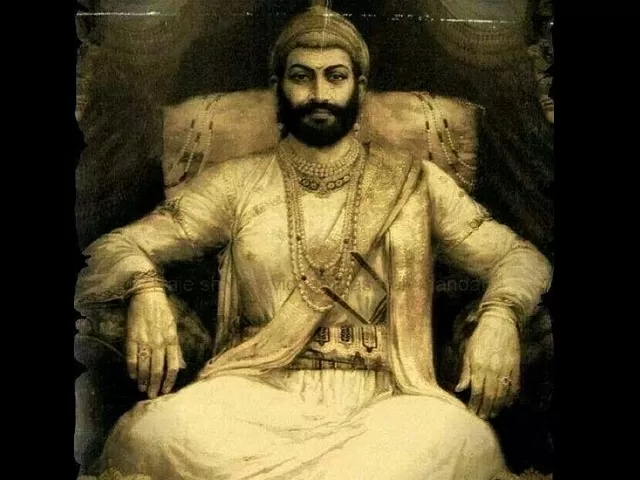


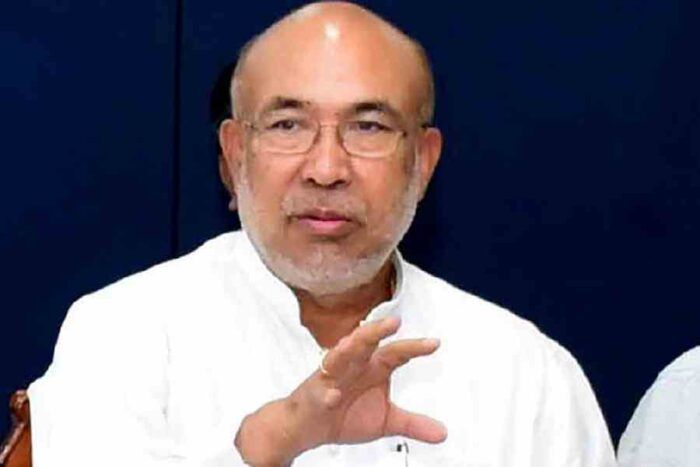


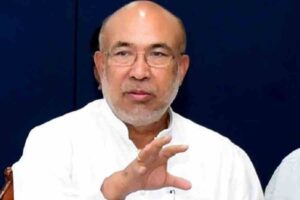





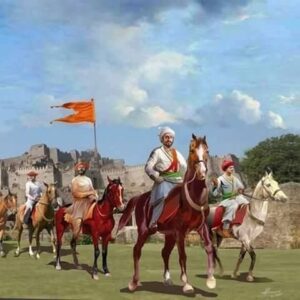

Post Comment